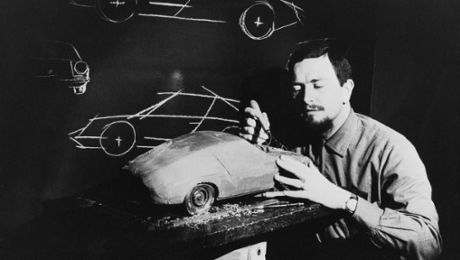Despite, or perhaps because of, the completely new design, Porsche continued to offer the 911 in the familiar Coupé, Cabriolet and, from 2002, Targa versions. The 911 Turbo once again had a wider body, as did some other versions, such as the Carrera S and the Carrera 4 S (from 2002). In addition, Porsche produced a limited run of the 911 GT1 – a roadgoing version of the Le Mans racing car and effectively a thoroughbred racing car with numberplates.
Innovation
The greatest innovation in the fifth-generation car was the new water-cooled four-valve cylinder head. This allowed Porsche to increase the gas exchange and the power in the cylinder while simultaneously lowering fuel consumption and polluting emissions. The extreme 911 GT2 of 2001, meanwhile, was the first car to feature the Porsche Ceramic Composite Brake (PCCB), which is 50 per cent lighter than steel brake discs and lasts for up to 300,000 km.

